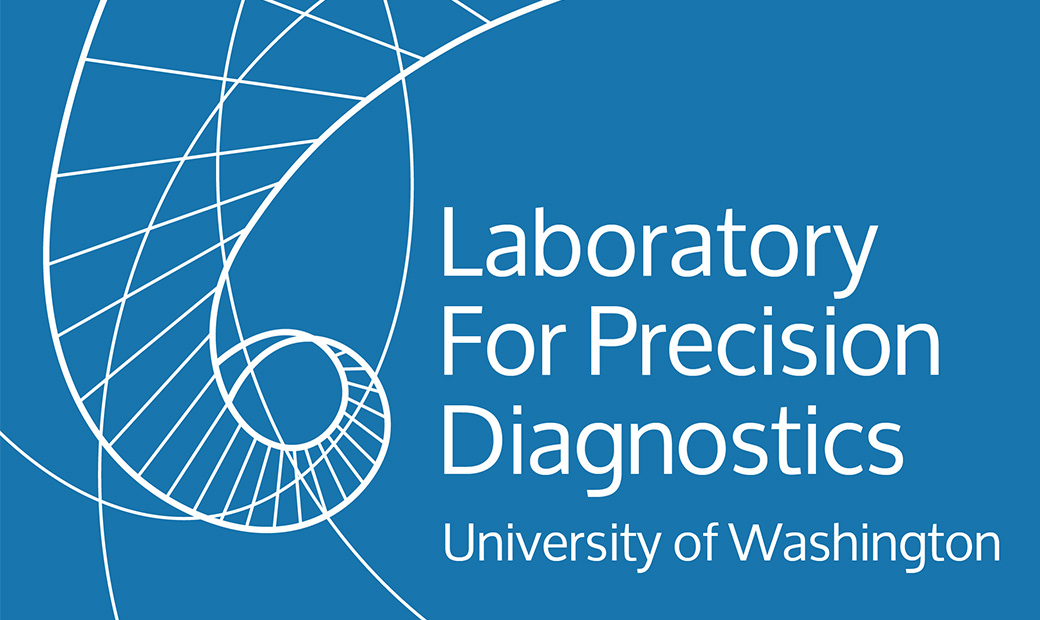Genes
ADAMTS2, AEBP1, ATP7A, C1R, C1S, CHST14, COL1A1, COL1A2, COL3A1, COL5A1, COL5A2, FKBP14, FLNA, PLOD1, SLC39A13
Test Guide
The Collagen Diagnostic Laboratory specializes in testing for Ehlers-Danlos Syndrome and offers the most comprehensive EDS testing available. The Comprehensive EDS Panel includes testing for 15 genes associated with Ehlers-Danlos Syndrome, including the recently described Periodontal form of EDS (EDS type VIII). Panel genes: COL5A1, COL5A2, COL3A1, FLNA, PLOD1, COL1A1, COL1A2, ADAMTS2, C1S, C1R, ATP7A, CHST14, FKPB14, SLC39A13, and AEBP1.
COMPREHENSIVE EDS PANEL
| CLASSIFICATION | CLINICAL FEATURES | INHERITANCE | GENE(S) | AVAILABLE CLINICAL TESTING |
|---|---|---|---|---|
| Classical Type (EDS types I) | Soft, velvety, hyperextensible skin; easy bruising; "cigarette paper" scars | Dominant | COL5A1 and COL5A2 | Classical EDS EDS Panel Comprehensive EDS Panel |
| Classical type (EDS type II) | Similar to EDS type I but less severe. Soft, hyperextensible skin; joint hypermobility; bruising; normal scar formation | Dominant (rare recessives) | COL5A1 and COL5A2 | Classical EDS |
| Classical-like, 2 | Joint and skin laxity, osteoporosis, osteoarthritis, abnormal scarring, joint dislocations | Recessive | AEBP1 | Comprehensive EDS Panel |
| Hypermobility Type (EDS type III) or Tenascin Deficient Type | Marked large and small joint hypermobility, joint pain, easy bruising, easy bleeding, normal scars | Dominant | TNXB (<5%) | (Not available through CDL) |
| Vascular Type (EDS type IV) | Thin, translucent skin with visible veins; marked bruising; skin and joints have normal extensibility; arterial, bowel and uterine rupture | Dominant | COL3A1 | Vascular, type IV |
| Ocular-scoliotic (Kyphoscoliosis) Type (EDS type VI) | Progressive kyphoscoliosis, joint hypermobility, smooth, hyperelastic and fragile skin, muscular hypotonia and scleral fragility and rupture of the globe | Recessive | PLOD1 | Ocular-scoliotic, type VI |
| Arthrochalasia Type (EDS type VIIA and VIIB) | Congenital hip dislocation; very soft, fragile, bruisable skin, marked joint hypermobility, blue sclerae, small jaw, hypertrichosis | Dominant | COL1A1, COL1A2 | Arthrochalasia, type VII A/B (Exon 6 COL1A1/2 ) |
| Dermatosparaxis Type (EDS type VIIC) | Soft and very thin, fragile skin (tearing of the skin), stretchy skin, easy bruising, joint hypermobility | Recessive | ADAMTS2 | Dermatosparaxis, Type VIIC |
| Cardiac-Valvular Form | Joint hypermobility, skin hyperextensibility, cardiac valvular defects | Recessive | COL1A2 | Comprehensive EDS Panel |
| Periodontal (EDS type VIII) | Periodontitis, gingival recession, early tooth loss, easy bruising, skin hyperpigmentation, atrophic scars, joint hypermobility, thin skin | Dominant | C1S, C1R | Peridontal, Type VIII |
| Musculocontractural Type | Craniofacial dysmorphism, congenital contractures of thumbs and fingers, clubfeet, severe kyphoscoliosis, hypotonia, thin skin, easy bruising, atrophic scarring, joint hypermobility | Recessive | CHST14 | Comprehensive EDS Panel |
| EDS with progressive kyphoscoliosis, myopathy, and hearing loss | Severe muscle hypotonia at birth, progressive scoliosis, joint hypermobility, elastic skin, myopathy, hearing loss | Recessive | FKBP14 | FKBP14-Related EDS |
| Occipital horn (EDS type XI) | Easy bruising, hyperelastic skin, hernias, bladder diverticula, joint hypermobility, varicosities, multiple skeletal abnormalities | X-Linked Recessive | ATP7A | Comprehensive EDS Panel |
| Periventricular heterotopia variant (PVNH4) | Epilepsy, cardiac defects, joint hypermobility | X-Linked Dominant | FLNA | Comprehensive EDS Panel |
| Spondylocheirdysplastic form | Short stature, blue sclerae, thin and hyperelastic skin, muscle atrophy | Recessive | SLC39A13 | Comprehensive EDS Panel |
Please consult the Ehlers-Danlos Syndrome Test Guide for more information.
Methodology
Next Generation Sequencing: Next generation DNA sequencing is performed to identify nucleotide variants in the coding portion of the genome. All nucleotides in the coding exons and their flanking splice junctions are sequenced to a read coverage of greater than 20X. The sequence data are assembled and compared to the published genomic reference sequence. Sanger sequencing is performed if necessary to ensure complete nucleotide coverage of the target sequence and to confirm all reported variants. Human Genome Variation Society (HGVS) recommendations are followed for variant nomenclature and ACMGG/AMP variant interpretation guidelines are followed to assess variant pathogenicity, unless otherwise indicated. The following online databases and in silico analysis tools are routinely used for variant investigation: ClinVar, NHLBI Exome Sequencing Project, 1000 Genomes, dbSNP, Exome Aggregation Consortium (ExAC), available loci specific variant databases, PolyPhen-2, SIFT, Provean, Mutation Taster and Human Splicing Finder.
Specimen Requirements
BLOOD IS PREFERRED.
BLOOD: 2 EDTA (purple top) tubes
Adults: 5-10cc
Children: 3-5cc
Infants: 2-3cc
Whole blood may be stored up to 5-7 days in the refrigerator before shipping.
DNA:
5 µg DNA at a minimum concentration of ≥200 ng/µl
SALIVA:
Oragene Saliva samples are accepted
Special Instructions
Blood samples (or DNA) should be well labeled with patient’s full name and an identifying number.
Ship sample at room temperature with overnight delivery.
Clinical information outlining the indication for the requested tests and pertinent medical history and family history is a necessary component of testing. Please include a clinic note when available.
Related Tests
Reflex to Deletion/Duplication Studies: The Collagen Diagnostic Laboratory offers testing for copy number changes using a custom high-density targeted oligonucleotide array for these genes for an additional charge. The targeted regions have probe coverage in both the coding sequences and 10 kb upstream of the gene(s) of interest.
CPT Code & Cost
81408 x 2, 81479$1850
